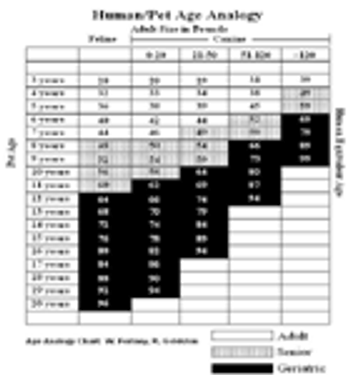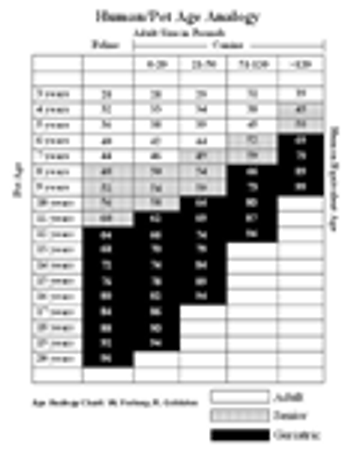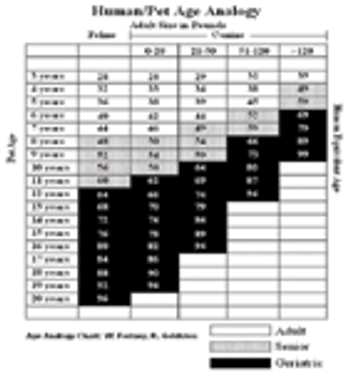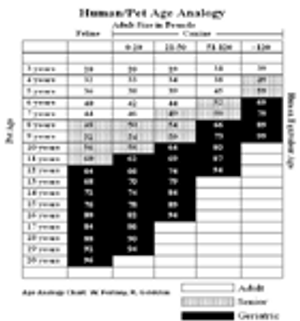
Average puppy and kitten deaths during the first 12 weeks of life approach? 11%-34%. Still births or death within the first 24 hours account for 5% of the losses; an additional 5% loss occurs during the neonatal period; and 0%-5% loss in transitional & socialization periods. Infectious diseases are not the most common cause of neonatal or transitional period mortality.








